Riding Mowers & Tractors: Why does my riding mower creep in neutral?
A lawn tractor with an automatic transmission that moves when you have the motion control lever in the neutral position is dangerous. Adjust the shift lever to eliminate creeping.
A zero-turn riding mower shouldn't move when both drive levers are in the neutral position. Adjust the neutral control so the zero-turn riding mower doesn't creep forward or backward with the drive levers in neutral.

THESE REPAIRS MAY HELP SOLVE YOUR RIDING MOWERS & TRACTORS PROBLEM
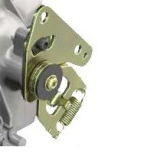
Adjust the neutral control on a zero-turn riding mower
If your zero-turn riding mower creeps forward or backward when you have both drive levers in the neutral position, pull off the back wheels and adjust the neutral control to eliminate movement. Check for movement in neutral after each adjustment. Continue to adjust the neutral control until the riding mower stays still in neutral.
Adjust the neutral control on a zero-turn riding mower
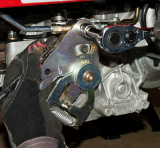
How to adjust the neutral control on a zero-turn riding mower
If your zero-turn riding lawn mower creeps forward or backward even when in neutral, adjusting the neutral control should fix it. Follow the steps in this DIY repair guide and video.
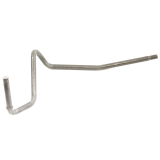
Adjust the riding mower motion control lever neutral position
On lawn tractors with automatic transmissions, the tractor shouldn't move when you have the motion control lever in the neutral position. If the tractor creeps forward or backward in neutral, adjust the motion control lever's neutral position. Loosen the lever adjustment bolt and move the motion control lever until the tractor stays still then tighten the adjustment bolt firmly. Refer to the owner's manual for your lawn tractor to adjust the neutral position if this procedure doesn't match your tractor's drive system.
Adjust the riding mower motion control lever neutral position
Most common symptoms to help you fix your riding mowers & tractors
Choose a symptom to see related riding mower and lawn tractor repairs.
Main causes: faulty battery, bad alternator...
Main causes: damaged cutting blade, worn deck pulley, damaged mandrel pulley, loose fasteners on mower deck components...
Main causes: damaged tie rods, bent or worn wheel spindle, worn front axle, damaged sector gear assembly...
Main causes: worn or broken blade belt, broken belt idler pulley, blade clutch cable failure, bad PTO switch, damaged ma...
Main causes: punctured tire or inner tube, leaky valve stem, damaged wheel rim...
Main causes: engine overfilled with oil, leaky head gasket or sump gasket, damaged carburetor seals, cracked fuel pump, ...
Main causes: clogged carburetor, damaged flywheel key, dirty spark plug, stale fuel, improper valve lash, engine needs a...
Main causes: shift lever needs adjustment, neutral control needs adjustment...
Main causes: worn or broken ground drive belt, bad seat switch, transaxle freewheel control engaged, transaxle failure, ...
Most common repair guides to help fix your riding mowers & tractors
These step-by-step repair guides will help you safely fix what’s broken on your riding mower or lawn tractor.
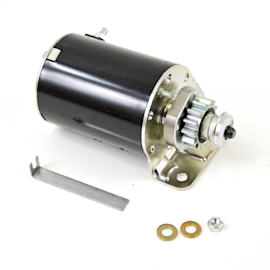
How to replace the starter motor on a riding lawn mower
If you hear the solenoid click but don’t hear the starter motor spin when you turn the key, follow these steps to replac...
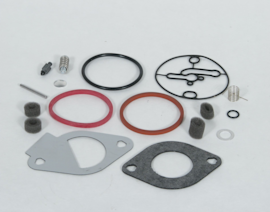
How to rebuild a riding lawn mower carburetor
Get your sputtering carburetor running smoothly in 60 minutes....
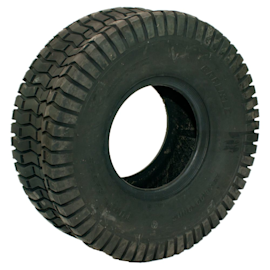
How to replace a riding lawn mower rear tire
Your mower can’t run on a damaged rear tire. Here’s how to install a new one....
Effective articles & videos to help repair your riding mowers & tractors
Use the advice and tips in these articles and videos to get the most out of your riding mower or lawn tractor.

Learn about all the convenient features on our Sears PartsDirect website that make your parts purchases easier....

Get answers to frequently asked questions about Sears and Sears PartsDirect....
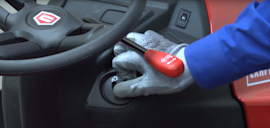
Check the starter solenoid, starter motor, wiring, battery and engine....